Is Underground Water Good for Tilapia Fish Farming?
Are you wondering if underground water is the right choice for your tilapia? Many farmers face this question, seeking the best start for their fish.
Underground water can be a good source for tilapia farming due to its stable temperature and lower pollution risk. However, it often requires treatment to adjust pH and mineral content to optimal levels for tilapia health and growth.
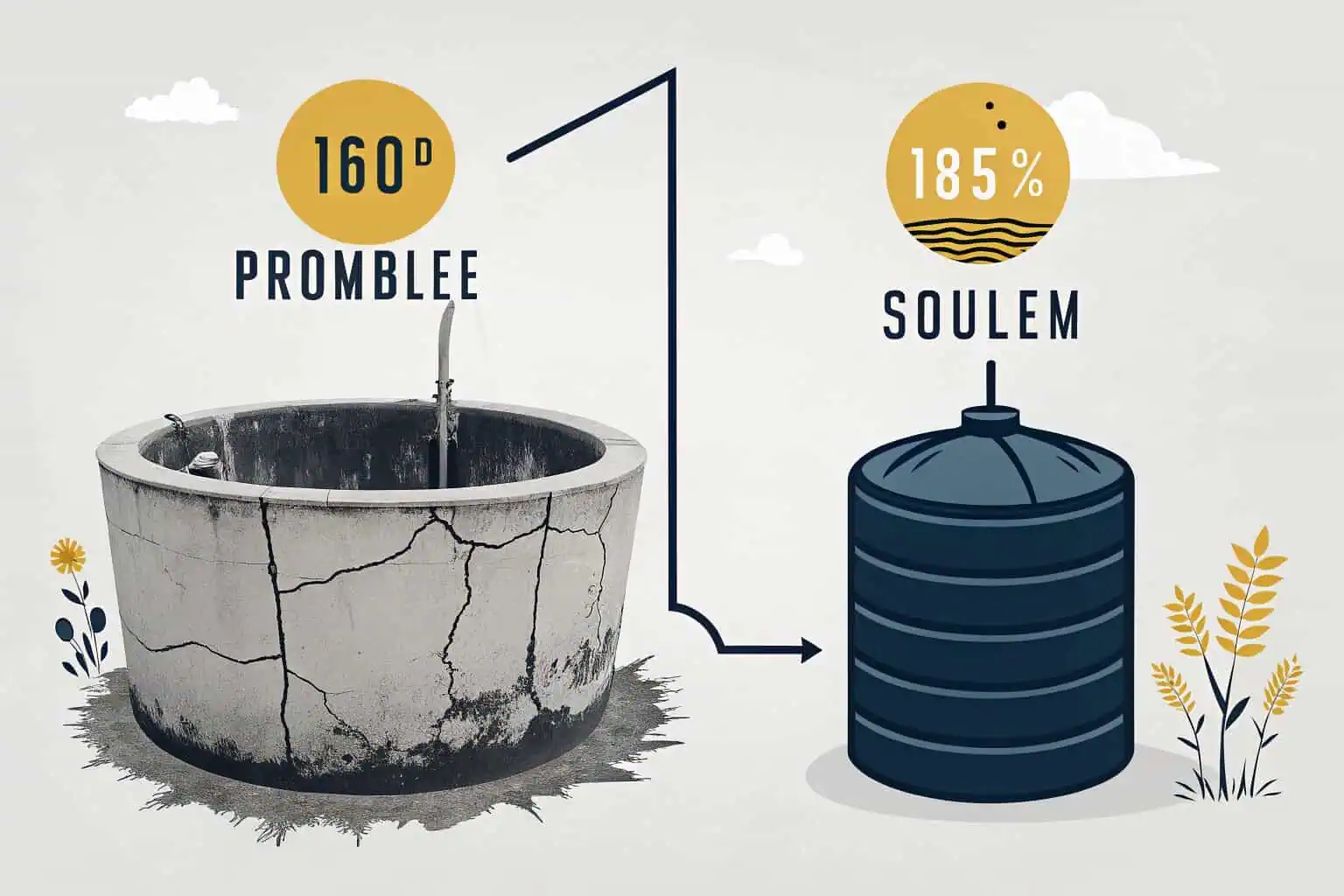
Using underground water has its pros and cons. While it offers consistency, you must be prepared to manage its specific chemical properties. Let's explore what makes the ideal water environment for your tilapia.
What is the best water for tilapia?
Struggling to find the perfect water for your tilapia? The quality of water directly impacts their growth and survival, a common concern for fish farmers.
The best water for tilapia is clean, well-oxygenated, and within a specific pH range (typically 6-9). It should also have stable temperatures, ideally between 28-30°C, and be free from harmful pollutants and excessive ammonia or nitrites.
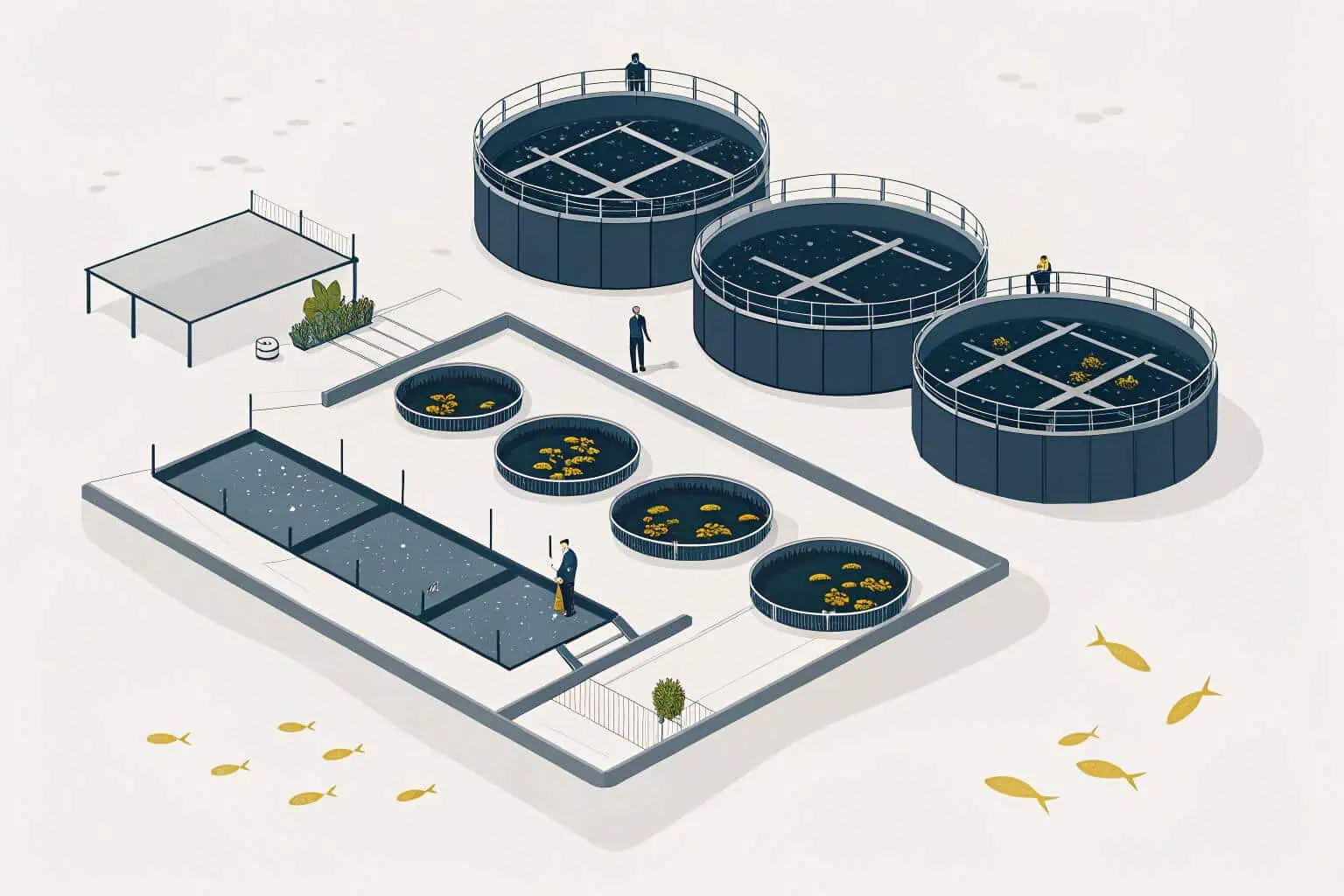
Choosing the right water source1 and maintaining its quality is fundamental. As someone who's spent years in aquaculture, I've seen firsthand how crucial this is. We need to look deeper into the specific parameters that make water ideal for these hardy fish.
Understanding Key Water Parameters for Tilapia
When we talk about the "best" water, it's not just about clarity. Several chemical and physical properties play a vital role. I always advise fellow farmers to invest in good water testing kits. It's a small price for ensuring a healthy stock.
- Temperature: Tilapia are tropical fish and thrive in warm water. As mentioned, 28-30°C (82-86°F) is optimal for fast growth. Colder temperatures slow down their metabolism and can even be lethal. I've seen farms struggle in cooler climates without proper heating or by using groundwater that's too cold initially.
- Dissolved Oxygen (DO)2: Tilapia need sufficient oxygen to breathe. A DO level above 5 mg/L is generally recommended. Low DO levels stress the fish, reduce feeding, and can lead to mortalities. Aeration systems are often necessary, especially in densely stocked ponds.
- pH Level3: Tilapia can tolerate a range, but a pH between 7 and 8 is often considered ideal. Extreme pH values (too acidic or too alkaline) can harm their gills and overall health. Groundwater, for instance, can sometimes have a lower pH that needs buffering.
- Ammonia, Nitrite, and Nitrate: These are byproducts of fish waste and uneaten food. Ammonia and nitrite are highly toxic to fish even at low concentrations. Nitrates are less toxic but can still be harmful in high amounts. A well-managed system, possibly incorporating a Recirculating Aquaculture System (RAS)4, helps control these.
Comparing Water Sources
Different water sources come with their own set of characteristics. Here's a quick comparison based on my experience:
| Water Source | Pros | Cons | Management Needs |
|---|---|---|---|
| Groundwater5 | Stable temperature, low pollution risk | May need pH/mineral adjustment, can be low in DO | Aeration, pH buffering, mineral supplementation |
| Surface Water6 | Readily available, often rich in nutrients | Prone to pollution, fluctuating temperature & quality | Filtration, regular quality testing, disease control |
| Rainwater | Soft, free of chlorine | Can be acidic, collection & storage needed, low mineral | pH adjustment, mineralization, large storage |
| Municipal Water7 | Treated, consistent quality | Contains chlorine/chloramine (toxic), can be expensive | Dechlorination, cost management |
From my perspective, while groundwater offers benefits like stable temperature and fewer initial contaminants, it's rarely "plug-and-play." You'll likely need to test and treat it. For instance, at Bancy, when we discuss tank solutions with clients, water source management is always a key part of the conversation. Our customizable tanks, like the PVC or galvanized steel options, can be paired with various water treatment systems.
The Role of Water Hardness and Alkalinity
Water hardness (calcium and magnesium content) and alkalinity8 (buffering capacity) are also important. Tilapia generally prefer moderately hard water. Alkalinity helps stabilize pH, preventing drastic swings that can stress the fish. If you're using very soft water, like rainwater, or some types of groundwater, you might need to add minerals to increase hardness and alkalinity. I recall a project where a farmer using very soft groundwater saw improved growth rates after we advised on adjusting these parameters.
What type of water do tilapias live in?
Confused about the natural habitat of tilapia? Understanding their native environment helps in replicating ideal conditions for farming.
Tilapias naturally live in freshwater and brackish water environments. They are adaptable to a range of salinities but thrive best in warm, slightly alkaline freshwater lakes, rivers, and ponds with abundant vegetation.
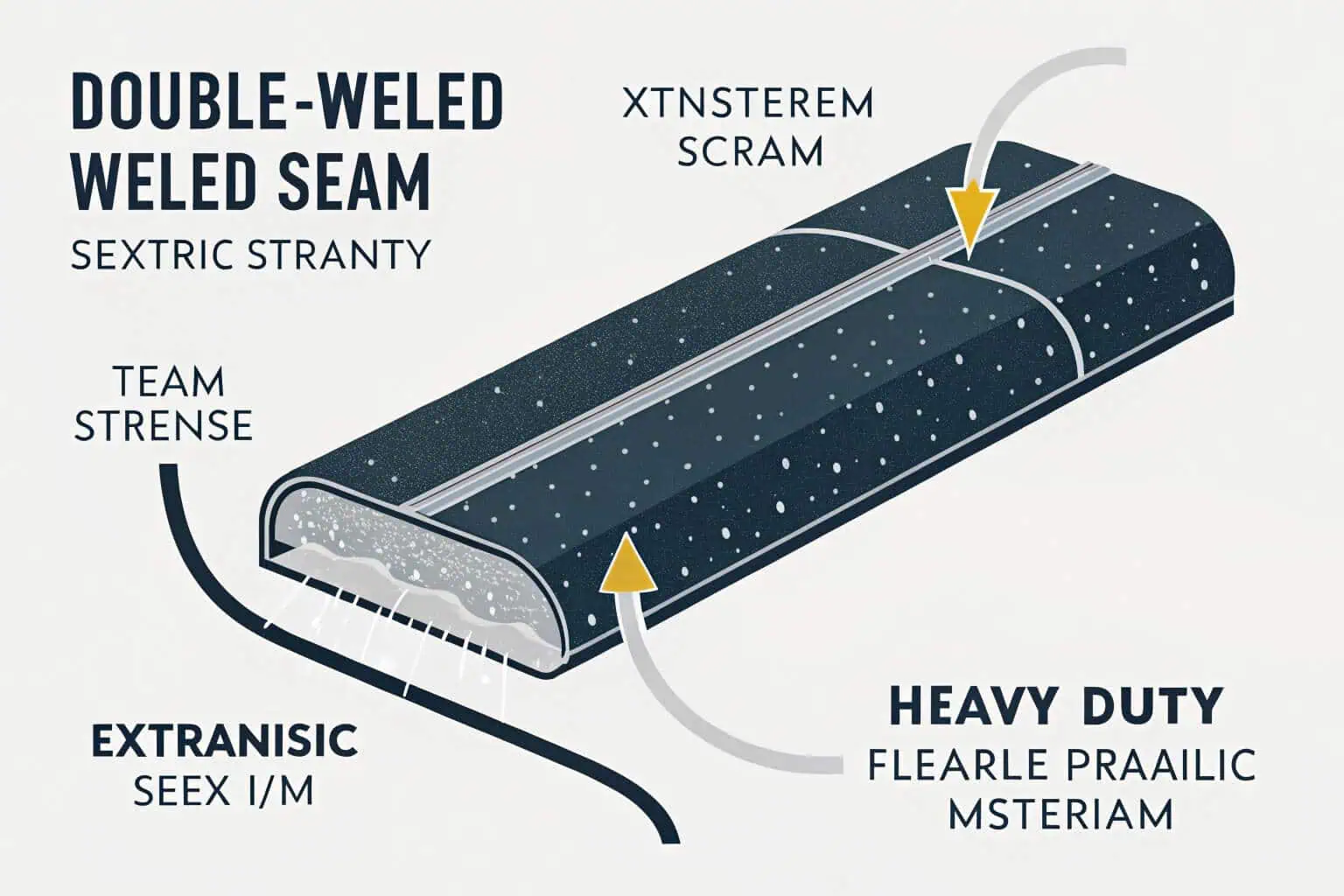
Replicating these conditions in a farm setting is key to their well-being. As an aquaculturist, I've learned that mimicking nature, with some enhancements, often yields the best results. Let's delve into the specifics of their preferred water conditions.
Freshwater vs. Brackish Water Adaptability
Tilapia are known for their euryhaline nature, meaning they can adapt to a wide range of salinity levels. This is a significant advantage for farmers.
- Freshwater: Most tilapia farming occurs in freshwater. Species like Nile tilapia9 (Oreochromis niloticus) and Blue tilapia (Oreochromis aureus) perform exceptionally well in freshwater ponds, tanks, and cages. This is where I've seen most of Bancy's collapsible fish tanks being used, offering flexibility for freshwater setups.
- Brackish Water: Some tilapia species, like the Mozambique tilapia (Oreochromis mossambicus) and even Nile tilapia to some extent, can tolerate and even thrive in brackish water (low to moderate salinity). This opens up farming possibilities in coastal areas or where freshwater is scarce. However, growth rates and feed conversion can vary with salinity. I've worked with farms that successfully transitioned their tilapia to slightly saline conditions, but it requires careful acclimatization.
Ideal Natural Water Parameters
In their natural habitats, tilapia are often found in:
- Warm Waters10: Originating from Africa and the Middle East, they prefer temperatures between 20°C and 35°C (68°F - 95°F), with optimal growth typically occurring between 28°C and 30°C (82°F - 86°F). This is a critical factor I always emphasize.
- Slightly Alkaline pH11: While they can tolerate a pH range of 5-10, they generally do better in slightly alkaline waters (pH 7-8.5).
- Sufficient Dissolved Oxygen12: Though hardy, they still require adequate dissolved oxygen, especially during warmer periods when their metabolic rate is high.
- Presence of Vegetation: In the wild, tilapia often inhabit areas with aquatic plants, which provide food, shelter, and contribute to water quality.
Replicating and Enhancing Natural Conditions in Farming
The goal in aquaculture isn't just to replicate natural conditions but to optimize them for better productivity. This is where modern farming techniques and equipment come into play.
| Natural Condition | Farming Adaptation/Enhancement | My Observation |
|---|---|---|
| Warm Temperature | Controlled heating13 (in cooler climates), greenhouse ponds, selection of farm site based on climate. | Crucial for consistent growth. Using groundwater can help stabilize temperature, but might need warming. |
| Water Chemistry | Regular testing14, pH buffering, aeration, biofiltration (e.g., in RAS), water exchange. | Essential for health. Many new farmers underestimate the importance of consistent water quality monitoring. |
| Food Availability | High-quality formulated feeds15, supplemental natural feeds (e.g., duckweed, algae encouraged in some pond systems). | Balanced nutrition is as important as water quality. I've seen growth rates double with the right feed. |
| Predator Protection | Netting, fencing, secure tank designs (like Bancy's sturdy collapsible or galvanized tanks). | Often overlooked in open pond systems, leading to significant losses. |
| Stocking Density | Optimized based on system type (extensive, semi-intensive, intensive), aeration, and water management capabilities. | Higher density requires more intensive management. This is where efficient tank design and water systems become critical. |
My experience has shown that while tilapia are adaptable, providing them with stable, optimal conditions significantly boosts their growth and health, leading to a more profitable venture. It's about understanding their natural preferences and then using technology and good management to enhance those conditions.
What is the best pond for tilapia?
Choosing the right pond can be a game-changer for your tilapia farm. With so many options, it's easy to feel overwhelmed by what's best.
The best pond for tilapia depends on factors like scale, budget, and available resources. Earthen ponds are common for large-scale farming, while lined ponds or tanks (PVC, concrete, galvanized steel) offer more control and are suitable for intensive systems.
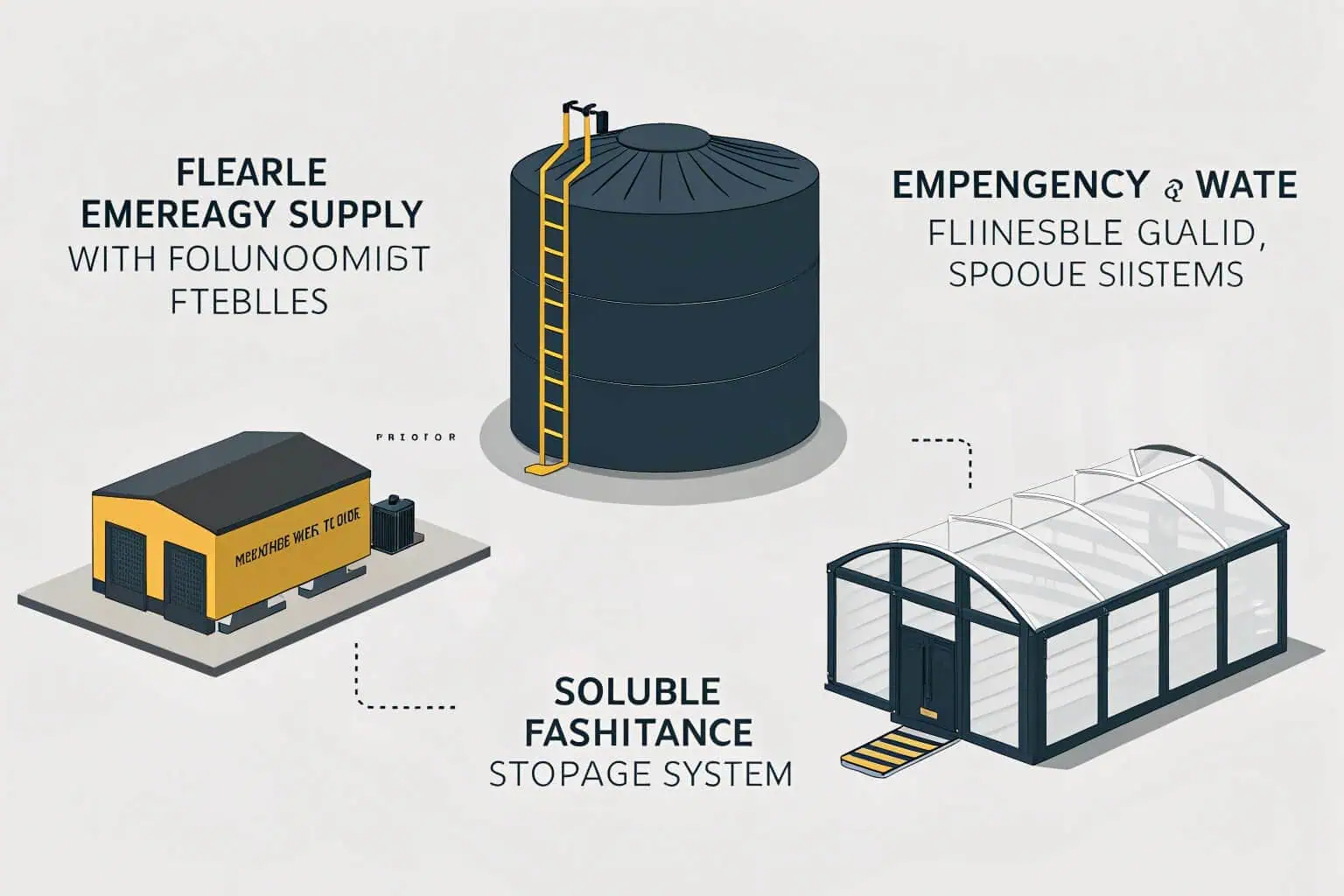
As someone deeply involved in aquaculture solutions16 with Bancy, I've seen a shift towards more manageable and efficient systems, especially for small to medium-scale farmers. Let's explore the different types of ponds and their suitability.
Comparing Pond Types for Tilapia Farming
The choice of pond significantly impacts management, cost, and productivity. Here's a breakdown of common options:
- Earthen Ponds: These are the most traditional and often the cheapest to construct if land is suitable. They can support natural food webs, potentially reducing feed costs. However, they are prone to seepage, erosion, difficult to disinfect, and harvesting can be challenging. Predation can also be a major issue. I've seen large commercial farms use these effectively, but they require careful site selection and management.
- Lined Ponds: Using liners (like HDPE or PVC) in earthen ponds prevents water seepage and allows for easier cleaning and disinfection. This offers better water control and hygiene compared to unlined earthen ponds. The initial cost is higher, but it can pay off in the long run through water conservation and better disease management.
- Concrete Tanks/Ponds: These are durable and offer excellent control over the environment. They are easy to clean and disinfect. However, construction costs are high, and they are permanent structures, offering no flexibility in relocation. I've seen these used in intensive RAS setups.
- Collapsible/Frame Tanks (PVC/Canvas)17: This is where products like Bancy's offerings shine. These tanks, often made with PVC liners and supported by frames (plastic or galvanized steel), are relatively inexpensive, easy to set up, and can be relocated. They are excellent for small to medium-scale operations, research, or as nursery/quarantine tanks. Their smooth surfaces make them easy to clean. I've personally helped many farmers start with these due to their lower initial investment and flexibility. We offer various sizes and can customize them, which is a big plus.
- Galvanized Steel Tanks18: These are robust, corrosion-resistant, and offer a longer lifespan than some simpler frame tanks. They often come with PVC liners. Bancy provides options like galvanized pipe and galvanized sheet fish tanks. These are a good middle-ground between concrete and basic collapsible tanks in terms of durability and cost for more permanent, intensive setups.
Key Considerations When Choosing a Pond
When advising farmers, I always ask them to consider these factors:
| Factor | Earthen Ponds | Lined Ponds | Concrete Tanks | Collapsible/Frame Tanks (e.g., Bancy's) | Galvanized Steel Tanks (e.g., Bancy's) |
|---|---|---|---|---|---|
| Initial Cost | Low | Moderate | High | Low to Moderate | Moderate to High |
| Durability19 | Variable (depends on soil) | Liner lifespan (5-20 yrs) | Very High (decades) | Moderate (3-10+ yrs) | High (10-20+ yrs) |
| Flexibility | Low (permanent) | Low (semi-permanent) | Low (permanent) | High (relocatable) | Moderate (can be disassembled) |
| Water Control | Low (seepage) | Good | Excellent | Excellent | Excellent |
| Cleaning | Difficult | Moderate | Easy | Easy | Easy |
| Scalability | Good for large areas | Good | Good, but costly to expand | Excellent for modular expansion | Good for modular expansion |
| Best For | Large-scale, extensive systems | Semi-intensive, water conservation | Intensive, RAS, long-term | Small-medium scale, startups, nursery | Intensive, semi-permanent setups |
My Insight on Modern Trends
I've noticed a growing interest in modular and manageable systems. Many new entrants into tilapia farming, especially those with limited space or capital, are opting for collapsible or galvanized tanks20. The ability to start small, learn, and then scale up by adding more tanks is very appealing. This aligns with my philosophy that practical, adaptable solutions are often the most successful. At Bancy, we focus on providing these types of customizable and durable tank solutions, understanding that "one size fits all" rarely applies in aquaculture. The ease of installation and maintenance of our PVC and galvanized tanks makes them a strong choice for many modern tilapia farmers.
What makes tilapia grow faster?
Want your tilapia to reach market size quickly? Speeding up growth is a common goal, directly impacting profitability.
Tilapia grow faster with optimal water temperature (28-30°C), high-quality protein-rich feed, good water quality (especially sufficient dissolved oxygen), and appropriate stocking density. Genetics and minimizing stress also play crucial roles.
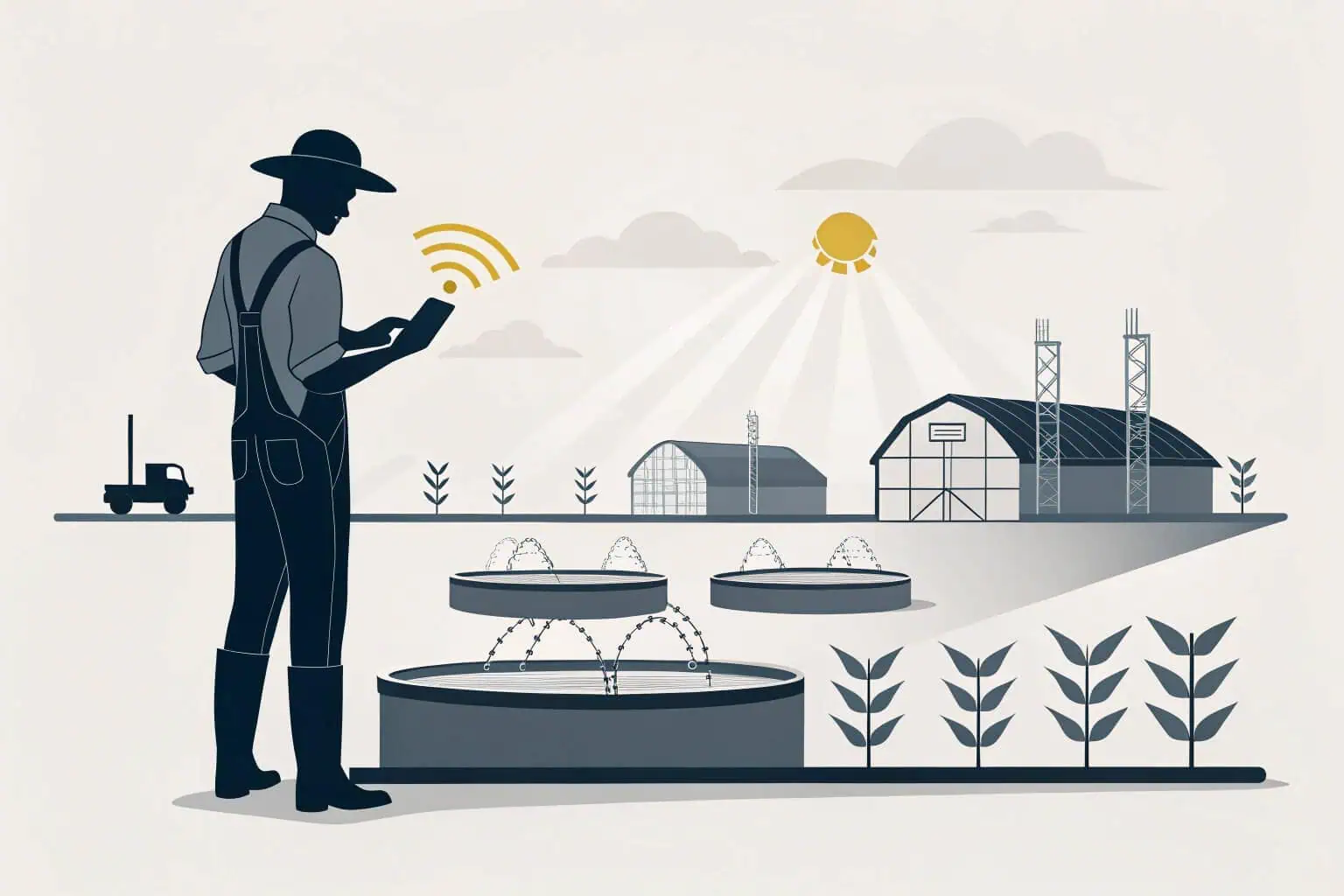
From my years in the field, I can tell you that achieving rapid growth is a combination of several factors, not just one magic bullet. It requires a holistic approach to farm management.
Key Factors Influencing Tilapia Growth Rate
Achieving optimal growth in tilapia isn't just about feeding them more; it's about creating an environment where they can efficiently convert feed into biomass.
- Water Temperature: This is paramount. Tilapia are cold-blooded, and their metabolic rate is directly influenced by water temperature. As I've stressed before, maintaining a stable temperature between 28-30°C (82-86°F) is critical for maximizing their growth. I've seen growth rates nearly halt when temperatures drop too low. Using groundwater can help moderate temperatures, but heating might be necessary in cooler climates or seasons.
- Nutrition and Feed Quality21: You can't expect good growth with poor feed. Tilapia require a diet rich in protein (typically 25-35% crude protein, depending on life stage). The quality of protein, digestibility of ingredients, and presence of essential amino acids, vitamins, and minerals are all important. I always advise farmers to invest in reputable commercial feeds or learn to formulate their own high-quality rations. Feeding frequency and ration size also matter; small, frequent meals are often better, especially for younger fish.
- Water Quality Management: Poor water quality stresses fish, reduces their appetite, and slows growth. Key parameters to monitor and manage include:
- Dissolved Oxygen (DO): Levels below 3 mg/L can severely impact growth. Consistent aeration is often needed.
- Ammonia and Nitrites: These toxic compounds must be kept at near-zero levels. Efficient biofiltration in systems like RAS, or regular water exchange in ponds, is crucial.
- pH: Stable pH within the optimal range (7-8.5) is important.
- Stocking Density: Overstocking leads to competition for food and space, deterioration of water quality, and increased stress, all of which slow down growth. The optimal stocking density depends on the culture system (e.g., ponds, tanks, RAS) and the level of management. I've seen farmers try to push densities too high without adequate support systems, leading to poor results. It's better to grow fewer fish well than many fish poorly.
Advanced Strategies for Enhancing Growth
Beyond the basics, there are other strategies that can contribute to faster growth:
| Strategy | Description | My Experience & Bancy's Role |
|---|---|---|
| Genetics | Selecting improved strains of tilapia (e.g., GIFT - Genetically Improved Farmed Tilapia) known for fast growth and good feed conversion. | This can make a significant difference. Sourcing fry from reputable hatcheries is key. |
| Monosex Culture | Farming all-male tilapia populations. Males generally grow larger and faster than females because they don't expend energy on reproduction. | This is a common practice in commercial tilapia farming and can increase yields by 20-30%. |
| Stress Reduction | Minimizing handling, maintaining stable environmental conditions, providing shelter, and preventing diseases. | Stressed fish don't eat or grow well. Good farm design, including the choice of tanks (e.g., Bancy's smooth-walled, easy-to-clean tanks can reduce stress), contributes to this. |
| Photoperiod Management | Controlling light exposure. Some studies suggest that manipulating photoperiods can influence growth, though this is more common in RAS. | Less commonly applied in pond culture but can be a factor in controlled environments. |
| Probiotics/Prebiotics22 | Adding beneficial bacteria or substances to feed or water to improve gut health, nutrient absorption, and disease resistance. | This is an emerging area with promising results for improving overall performance. |
My personal insight, reinforced by many farm visits and projects, is that consistency is key. Consistently maintaining optimal water temperature, providing high-quality feed regularly, and ensuring excellent water quality will almost always lead to faster growth. It's about diligent management and attention to detail. For instance, using reliable equipment, like Bancy's durable fish tanks that facilitate easy observation and cleaning, can make this consistent management easier to achieve. We aim to provide solutions that support these best practices for efficient tilapia farming.
Conclusion
Optimizing tilapia farming involves careful water management, selecting appropriate ponds, and focusing on growth factors. Success relies on understanding and applying these key principles.
-
Understanding the best water sources is essential for optimal fish health and growth in aquaculture. ↩
-
Understanding Dissolved Oxygen levels is crucial for fish health and growth. Explore this link to learn how to maintain optimal DO in your aquaculture system. ↩
-
pH levels can significantly impact fish health. Discover how to manage pH effectively for a thriving aquaculture environment. ↩
-
Learn about RAS and its advantages in maintaining water quality and fish health, making it a smart investment for aquaculture. ↩
-
Explore this link to understand the unique advantages and challenges of groundwater, which can help in making informed decisions about water management. ↩
-
This resource will provide insights into the complexities of managing surface water, essential for ensuring safe and reliable water supply. ↩
-
Learn more about municipal water's treatment processes and potential issues, which is crucial for effective water management strategies. ↩
-
Alkalinity plays a vital role in stabilizing pH levels in fish farming. Discover its importance for optimal fish growth. ↩
-
Exploring the advantages of Nile tilapia can provide insights into effective aquaculture strategies and species selection. ↩
-
Understanding the optimal temperature range for tilapia can help in their successful cultivation and management. ↩
-
Exploring the ideal pH levels can enhance tilapia health and growth in aquaculture systems. ↩
-
Learning about dissolved oxygen requirements is crucial for maintaining a healthy tilapia environment. ↩
-
Explore how controlled heating can enhance fish growth and optimize aquaculture productivity. ↩
-
Learn about the critical role of water quality testing in ensuring healthy aquatic environments for fish. ↩
-
Discover how high-quality feeds can significantly improve fish growth rates and overall health in aquaculture systems. ↩
-
Discover innovative aquaculture solutions that can enhance productivity and sustainability for small to medium-scale farmers. ↩
-
Explore this link to understand how Collapsible/Frame Tanks can enhance your farming operations with flexibility and cost-effectiveness. ↩
-
Discover the advantages of Galvanized Steel Tanks for durability and longevity in aquaculture setups. ↩
-
Durability is crucial for long-term farming success; explore this to choose the best option for your needs. ↩
-
Explore this link to understand how collapsible or galvanized tanks can optimize your tilapia farming experience. ↩
-
Exploring the impact of nutrition on tilapia can help you optimize their diet for better growth and health. ↩
-
Discover how adding probiotics and prebiotics can improve gut health and overall performance in tilapia farming. ↩